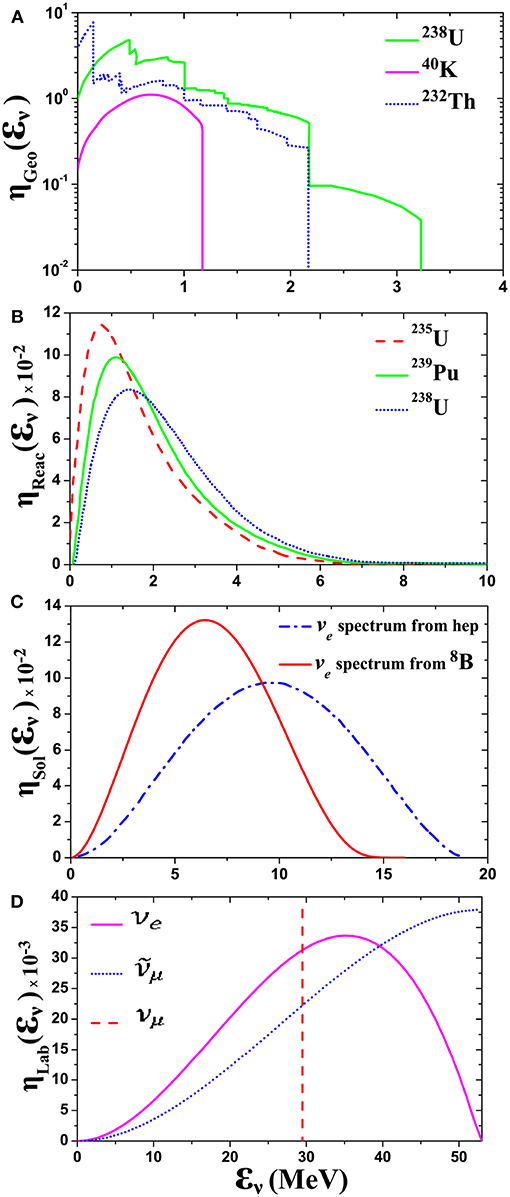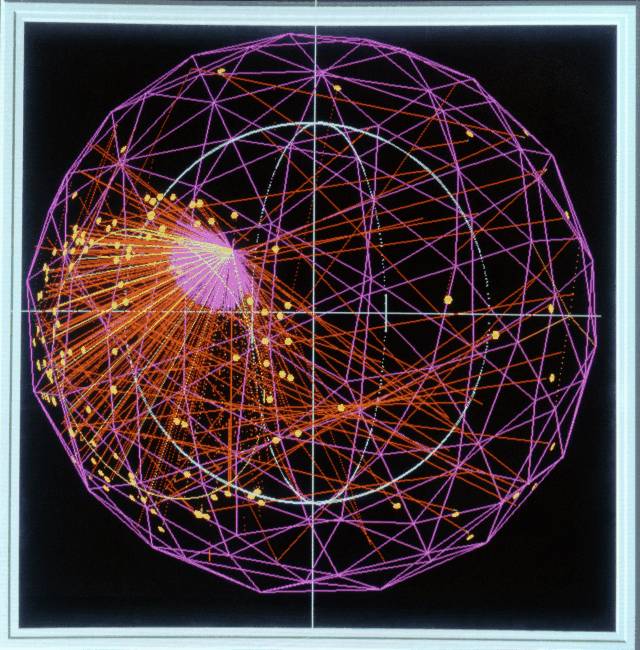
This set of observables, together with the energy and the distance traveled by neutrinos, determines the oscillation probability, i.e., the probability of the survival or disappearance of a given neutrino. Among them, a precise measurement of the three neutrino squared-mass splittings and of the mixing angles, which describe the relationship between neutrino flavor and mass states. NSF-funded research in this story: Imre Bartos, University of Florida, Award No.Even though neutrino oscillations are now an established fact within the scientific community, many questions remain to be answered. IceCube is operated by the University of Wisconsin-Madison and supported by the National Science Foundation ( Award No. “The key goal is to use these sources to dig deeper and understand what is actually accelerating these particles to the highest energies a billion times higher than what we can do here on Earth,” Bartos said. “So this is really, really exciting.”Īnd the more neutrino sources that IceCube can identify, the more scientists can learn about the cosmos and the chaotic environments that create neutrinos. “We have now at least four source types, which means that we have a very good chance of learning much more about the Universe by looking at them and studying these more,” Bartos said. Could neutrinos be coming from smaller black holes, supernovae, or other unsuspected cosmic objects? One question is whether these unknown neutrino sources are connected to supermassive black holes the way active galactic nuclei, blazars, and tidal disruption events are. “So that was the other major surprise we found in the pie chart.” “We can see this indication of an extra source type or multiple source types that are not within these three,” Bartos said. One interesting finding was that other unknown sources make up such a large fraction of the cosmic neutrinos reaching Earth. Tidal disruption events are rare and provide little matter to black holes compared to the amount of gas and dust they continuously consume as active galactic nuclei, so Bartos was surprised they make up such a large fraction of the total cosmic neutrino flux. There are so few blazars compared to other types of active galactic nuclei that they’re easy for astronomers to identify, which makes it easier to associate one with a neutrino.

It’s because blazars are so rare, Bartos explained.

“It was surprising to some at least that the first detection of a neutrino from an astrophysical source that we see was actually a blazar,” he said. The IceCube pie chart shows what astronomical structures and events are creating neutrinos.īlazars account for an only small fraction of the total neutrino flux, so it’s surprising that IceCube has already detected one from these cosmic accelerators, said Imre Bartos, a physicist at the University of Florida and lead author of the new study. The study authors created a pie chart, illustrated below, that shows the relative contribution of each neutrino source to the total flux of cosmic neutrinos hitting IceCube’s sensors. It’s a complicated calculation that depends on how many of these structures there are in the known universe, how often they can produce a neutrino, and how likely that neutrino is to reach Earth. In the new study, physicists used statistics to determine what percentage each of these sources contributes to the total flux of cosmic neutrinos IceCube detects.
Define neutrino full#
The IceCube Neutrino Observatory, or IceCube as it’s commonly called, has detected over 100 cosmic neutrinos since its first full science run in 2011, and scientists have figured out where a few of them came from: a flaring blazar, a nearby Seyfert galaxy, and a tidal disruption event, the term for when a star wanders too close to a supermassive black hole and gets gobbled up by it.īut neutrinos don’t come from all of these sources equally.

They were first made during the Big Bang and are produced today by fusion reactions inside stars (including our own Sun), by supernovae explosions when massive stars die, and by the violent transformations of matter and energy that happen around black holes. Neutrinos are tiny, nearly massless elementary particles that travel through the universe at almost the speed of light. A new study estimates for the first time how likely a neutrino is to come from each source type, helping physicists understand more about these ghostly particles and how they are created in the universe. Thanks to the IceCube Neutrino Observatory, scientists have identified several types of cosmic structures that produce neutrinos.


 0 kommentar(er)
0 kommentar(er)
